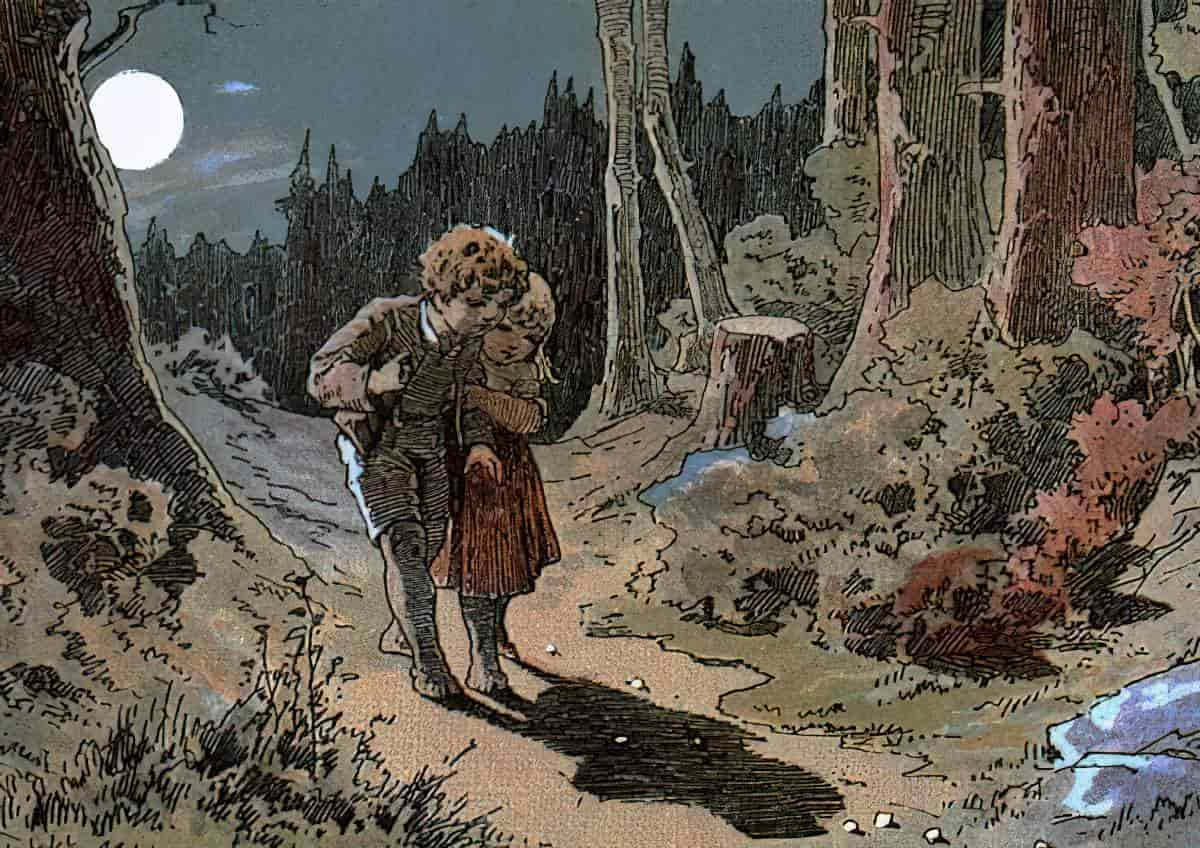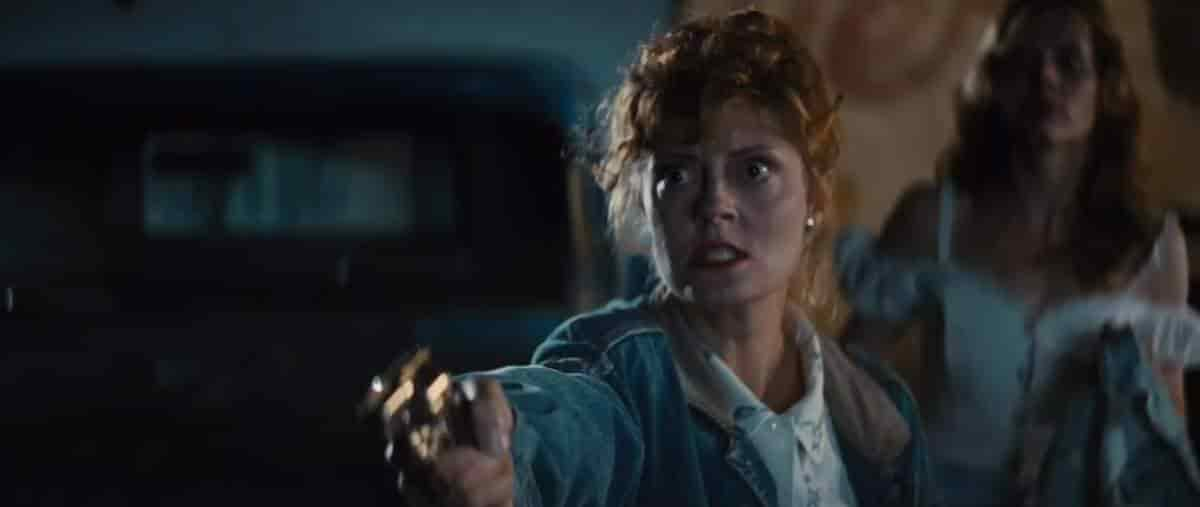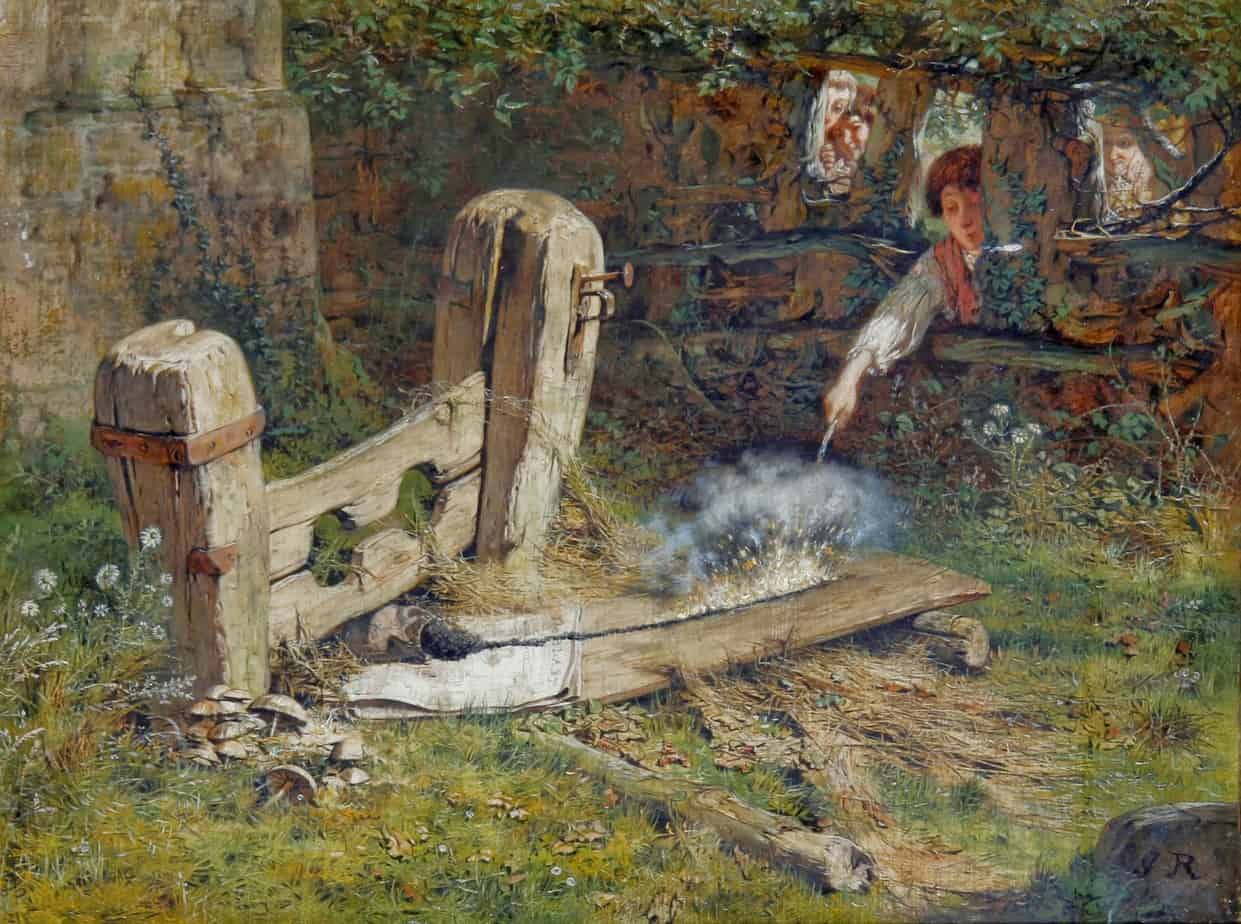The term ‘inciting incident’ is one of those writing words which means different things to different people. Some writers don’t think in terms of inciting incident. To others it is key to a good story beginning.
Some authors have easily identifiable inciting incidents, and one big event to set off a chain of events seems to be how they work. As one example, Ian McEwan’s novels tend to revolve around a single event, a single moment, or day. This day will change the character’s life and everyone around them.
All good stories have inciting incidents, but if you’re having trouble finding yours, that might be because they don’t look as we might expect. An inciting incident isn’t always a bomb going off.
The scene that starts the plot isn’t usually the why of a novel’s existence in place and time, the situation of the story: think Nick moving to New York in The Great Gatsby, or the train going into the lake in Housekeeping.
Seeing Myself: In Search of the Inciting Incident by Matthew Salesses
THERE IS NO SINGLE INCITING INCIDENT
First, know the difference between story and plot. This is what Peter Selgin’s talking about in the first paragraph below:
Where to begin? Of all the questions that harass novelists and others with a story to tell, it has to be the peskiest. The question comes down to structure. Not what happened, i.e. the series of events that make a story, but the order in which those events are conveyed. Should we start with the beginning, or at the end? Or should we cherry-pick a dramatic scene from somewhere in the middle, and backtrack from there, filling in all the things that lead up to that dramatic moment, then continue to the end?
Assuming we’ve chosen to tell a story from the beginning, what beginning do we start with? Writing guides often use the term inciting incident, meaning the event or incident that propels a character or characters out of their status quo existence, igniting the plot.
But locating that inciting incident isn’t always that simple, since often there’s more than one. In fact there’s always more than one, with an inciting incident lurking behind every inciting incident, a breadcrumb trail of inciting incidents leading back to the birth of the protagonist and beyond, to her conception, and the birth of her parents, and the birth of their parents, and, finally, ultimately, by logical extension, the Creation of the Universe.
Peter Selgin

One famous story that doesn’t have another inciting incident lurking behind its inciting incident begins, “In the beginning, God created the heavens and Earth.” No back-story to that story.
But unless you’re writing the Bible (or a James Michener novel), you probably want to begin your story as close as possible to the event that sends your protagonist off on her dramatic journey—a journey of exceptional struggles and fresh opportunities.
Peter Selgin
Noting that narratologists and writers have long stressed that there are always related events prior to the start of a formal narrative, Brian Richardson concludes that “there is no ready formula for ascertaining the actual beginning of the story,” and that judgements about where a narrative begins proceeds on a case-by-case basis.
‘Who Was It If It Wasn’t Me?’: The Problem of Orientation in Alice Munro’s ‘Trespasses’: A Cognitive Ecological Analysis
INCITING INCIDENTS MAY BE VERY SUBTLE
As received by the audience, the inciting incident might be barely noticeable. We might call these ‘soft inciting incidents’. We see soft inciting incidents in works such as Madame Bovary and Lost In Translation.
What is the Inciting Incident in Thelma & Louise? Depends who you ask. Most people would probably say it’s the scene where Louise shoots a man.

But in his writing book Hooked, Les Egerton tells us that, for him, the inciting incident is the scene where Thelma makes the decision to go on a trip with her best friend, defying her husband for the first time ever. This happens in Thelma’s kitchen as soon as she hangs up the phone. Daryl has just told her he’s going to be working late. The audience knows he’s seeing another woman. We know something has changed in Thelma because she decides not to tell Daryl what the audience already knows: She has been invited to go on a trip with Louise. She then makes preparations to leave.

TWO TYPES OF INCITING INCIDENTS
Others have divided inciting incidents into categories. Shawn Coyne does it like this:
CAUSAL INCITING INCIDENTS
A Causal Inciting Incident is the result of an active choice—a wife leaves her husband, a man enlists in the Marines, a dentist molests a patient he’s put under anesthesia.
Shawn Coyne
COINCIDENTAL INCITING INCIDENTS
A coincidental Inciting Incident is when something unexpected or random or accidental happens—a simple man wins the lottery, a woman takes the wrong suitcase at an airport, a piano falls out of a window and kills a man’s dog.
Coyne, Shawn. The Story Grid: What Good Editors Know (p. 160)
Back to Thelma & Louise. The Causal Inciting Incident happens in Thelma’s kitchen. The Coincidental Inciting Incident happens in the carpark of the bar.
Some people call The Coincidental Inciting Incident a ‘turning point’ (another term I don’t find personally helpful).
The most suspenseful inciting event of this kind makes your main character think they have just overcome the crisis. This creates an unsettling ironic gap between character and audience, because the audience can see the character is now in a whole world of trouble. Louise knows she’s just overcome one crisis (she saved Thelma) but now the police will be after her.
CASE STUDY: ORDINARY PEOPLE
Sometimes an inciting incident isn’t immediately clear because an audience isn’t always aware from the start what the character’s journey is going to be. Robert Redford’s film Ordinary People tells the story of how teenager Conrad Jarrett, traumatized by the death of his brother, seeks psychiatric help. The journey into the woods — and thus the moment that kick starts it — only becomes apparent when one realizes it’s a journey towards healing. What catalyzes that journey? The first stage of the first act ends when Conrad is thrown into a new trauma by his mother trashing his breakfast before him; this in turn sparks a journey of introspection, culminating in a flashback of his brother’s death. For Conrad, it’s a choice — continue to suffer, or seek help. If the inciting incident is the what, then the flashback is clearly Conrad’s motivation for seeking help, the how that will eventually enable him to find peace. In truth, all three parts are related — as they should be — but question and answer, the root of all structure, is inherent in the crisis and climax of the act.
In this formulation an inciting incident gives us two elements. The act one crisis point poses a question: will the protagonists make a break with their old selves? And, as we’ve already noted, for the story to really kick off, the protagonist is now required to make a decision how to respond. The ‘explosion’ and the desire it creates often occur in the first act, embodied in crisis and climax. It can be useful to look at these points as the what and the how. The crisis becomes the what — “What’s the problem?” And the climax the how — “This is how I’m going to deal with it.
Into The Woods, John Yorke
FORGETTABLE INCITING INCIDENTS
Let’s talk about the most well-known example of deliberately forgettable inciting incidents: The Hitchcockian McGuffin. A MacGuffin is a plot device whose function is to get the action going, but which may be forgotten or become irrelevant by the end of the story.
Alfred Hitchcock coined the term but we don’t seem to have settled on a single spelling of it. The McGuffin is occasionally called a ‘weenie’.
Today, ‘McGuffin’ is sometimes used to describe anything that gets the plot going. But by Hitchcock’s definition, it’s more specifically something that both starts the plot and — crucially — is forgotten by the audience.

In retro crook stories a plot often begins with a necklace, which the audience never cared about in the first place. The necklace is soon forgotten. In spy stories, the archetypal plot kicks off with important ‘papers’. In the end, no one cares about those papers.
A famous McGuffin occurs in Psycho. Marion Crane steals money early in the film, which brings her to the Bates Hotel. By the end of the film, no one cares about what happened to the money. When thinking back on the story, the money may have been forgotten altogether.
Quentin Tarantino has said there’s no official explanation behind the briefcase’s contents in Pulp Fiction (1994). He only meant it as an intriguing McGuffin.
In order to use the (true, forgettable) McGuffin well, storytellers must anticipate what the audience is going to care about what accurately predict what they’re going to forget.
The companion technique of the Hitchcock McGuffin is the Hitchcock Refrigerator Moment. If someone sees a movie and afterwards, when gazing into the fridge for a beer, realises, “Oh hang on… that bit of the plot wasn’t tied up!” that is called a Refrigerator Moment. Hitchcock didn’t see this as a problem. He aimed for an immersive experience which could be fully enjoyed in the theatre.
Armchair critics on IMDb are unforgiving of anything which leads to a refrigerator moment but even today many stories are for enjoying in the moment and aim to be nothing more.
Another (semi-) related writing technique which has only emerged in the 20th century is Mystery Boxing. Like Pulp Fiction’s briefcase, the audience never gets to see what’s ‘inside’ (or behind) a plot point. This technique is a consequence of streaming TV services, where mysteries cannot persist from week to week because audiences are watching entire series all at once, and asynchronously. A mystery box ensures a massive plot point can’t be spoiled, because it is up to the audience to use their own imagination and fill in the blanks.
Different Types of McGuffins
Writers frequently mean audiences to forget certain things.
Whereas Hitchcock’s ‘McGuffin’ referred specifically to an object (money, necklace, briefcase, papers…) which was soon forgotten by an audience, there are various ways of kicking off a story, also in a way which is designed to be forgotten.
When the McGuffin involves a character making a plan of some kind, and then acting on it, we might call it a ‘mini-quest’.
If you take some time to show the protagonist in their element before you get to the inciting incident: give them a mini-quest, something they want and are going after before they start their real journey. Don’t just “set the scene” in a static way.
[…]
Every character in your novel should want at least one big thing and there should be many more proximate/temporary goals in pursuit of that bigger thing.
Nathan Bransford, The 8 Essential Elements of Story
This mini-quest is not the main meat of the story, but lets the audience understand the shortcomings and desires of the main character(s), and also establish the opposition.
Of course, the main character will change their plan as soon as they realise there’s something more important that requires their attention.
In that Millions article, author Matthew Salesses talks about “the inciting of plot, the inciting of theme, and the inciting of the past”, which neatly links the ‘ghost’ or ‘psychic wound’ to whatever kicks off a story. He is also careful to distinguish between incitement of theme and incitement of plot. His diagram encapsulates a familiar, contemporary novel in which scenes in the present remind main characters of events in the past. In this way of thinking, the ‘inciting incident’ refers to the moment where the past and present meet, creating issues for the character which must be resolved/reckoned with. Salesses also notes that the incident which incites the past doesn’t necessarily happen near the beginning of a novel. It may take a good while before the past emerges.
Other authors say similar things using different terminology: cf. the inciting incident which kicks off the internal character change versus the thing that kicks off the external plot; or the incident which kicks off the ‘story’ versus the incident which kicks off the ‘plot’, the causal versus incidental incitement. Like many things in this world, we better understand the concept of ‘inciting incident’ if we break it down into several separate, interlocking parts. I personally find the term ‘inciting incident’ unhelpful both when creating content and analysing other people’s work.
If you feel the same way, you may find it more useful instead to utilise other terminology. Or let’s at least talk about ‘inciting incidents’, plural.
Header painting: John Ritchie — An Expected Rise in Stocks

